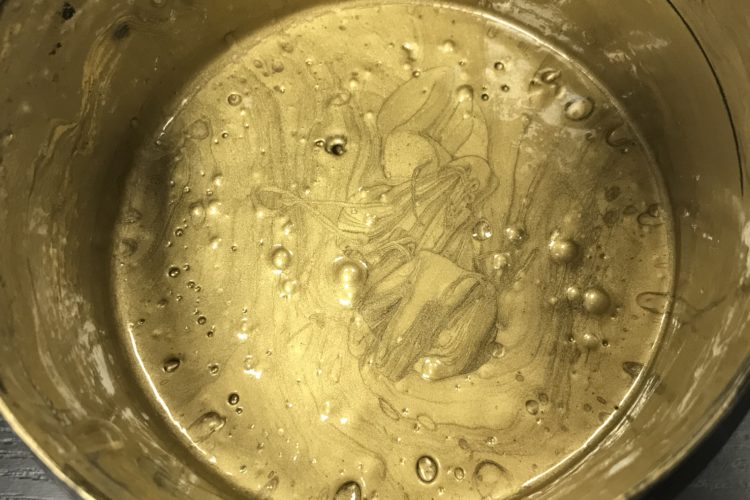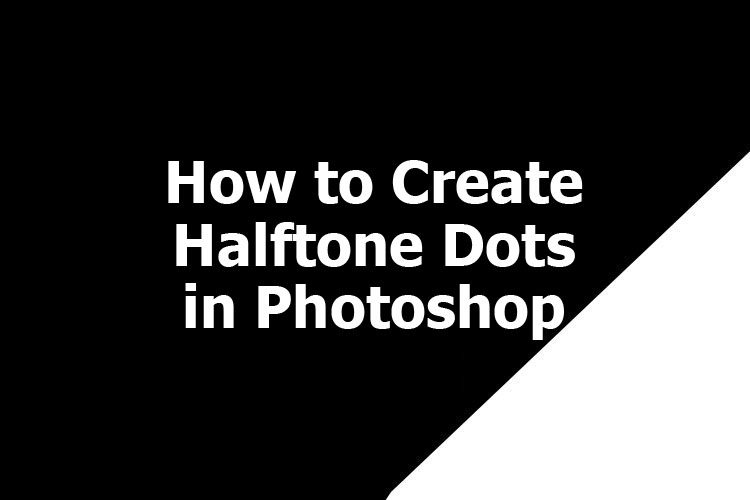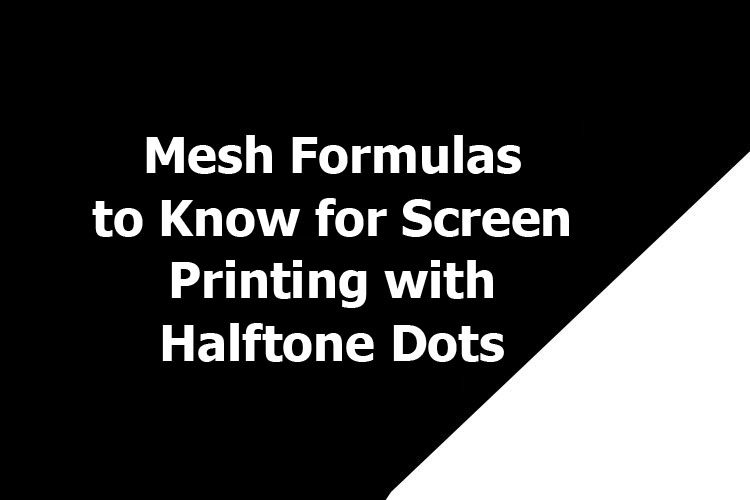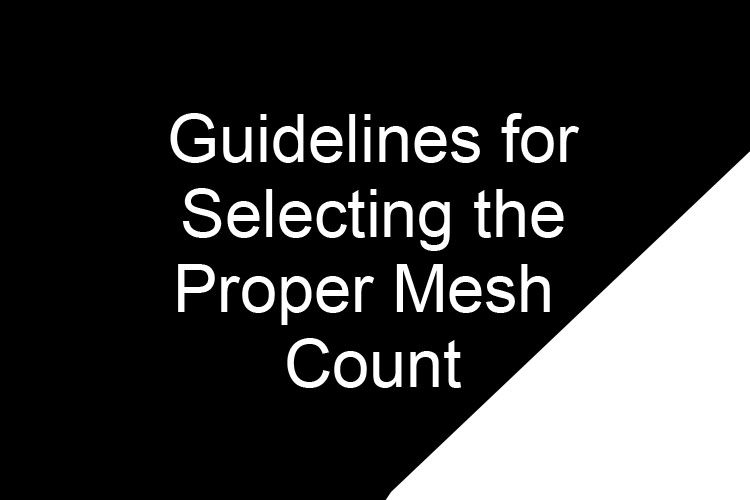TIPS FOR SCREEN PRINTING WITH METALLIC LOW CURE INK! Our foil grade metallic ink comes in handy for a shiny and bright print. The ink contains actual metallic flakes that are added within the ink, creating a metallic look to your print. We have two options available either metallic gold or silver. The below print […]
Finding the Right Exposure Time Background: Exposure times will vary depending on multiple factors. These factors include the amount of emulsion that is coated onto our screens, the age of our exposure bulb, as well as the mesh that we use. Lastly, the time will also depend upon the wattage of our unit. The key […]
11 Tips for the Care and Handling of Screens Taking care of your screens is simple by following our eleven simple tips. Additional care is necessary between degreasing to when we expose the screens. Screens tend to attract dust as well as other contaminants when they are wet. These contaminants then can create pinholes when […]
How to Create Halftone Dots in Photoshop Halftone dots are present in magazines, newspapers, as well as screen printed garments. If you look at an image on a newspaper it will seem as though it is continuous. However, if you look even closer, you’ll now realize it is actually thousands of tiny dots. These dots […]
Mesh Formulas to Know for Screen Printing with Halftone Dots In order to select the right mesh for the correct job it should depend on the type of ink you use, garment you print on, and the artwork that needs to be printed onto the garment. Basic Recommendations: 30 Mesh: Glitter Ink 60 Mesh: Athletic […]
How to Avoid Pinholes What are Pinholes? Pinholes occur as a result of no degreasing or improper degreasing. Dust, lint, oils, and chemicals on your screen will cause pinholes. Pinholes are small transparent dots that are present on printed garments and appear for the first time on your screens after exposure. They open up in […]
7 Step Guide to Follow to Complete the Screen Degreasing Process Properly Background: What is Screen Degreasing? Screen Degreasing is an important step that occurs while prepping a screen within the production process. Proper degreasing is essential, as this will eliminate most pinholes. Process: Degreasing is a simple process that can be achieved properly by […]
Low Cure Ink… Solutions to your screen printing problems are here with low temperature ink! All you have to do is lower the temperature of your dryer. This will enable you to screen print on all fabrics without a catalyst. The result is a bright, durable, and beautiful print. Top 5 Prints… 1. Covers fibers […]
Guidelines for Selecting the Proper Mesh Count Background: Deciding the proper screen mesh count can be a puzzling task especially if you are new to the screen printing industry, but we have made this guide to help. Selecting the proper mesh is determined by the amount of screen printing ink deposited, the thickness of […]
Background: Squeegee is a tool with a flat, smooth rubber blade utilized to push screen printing ink through the mesh onto the garment you are printing on. Squeegee’s can control the release rate, remove excess ink, and shear the ink. This tool is essential for sharp print edges. Tips: 1. Maintenance: The wrong squeegee or […]









